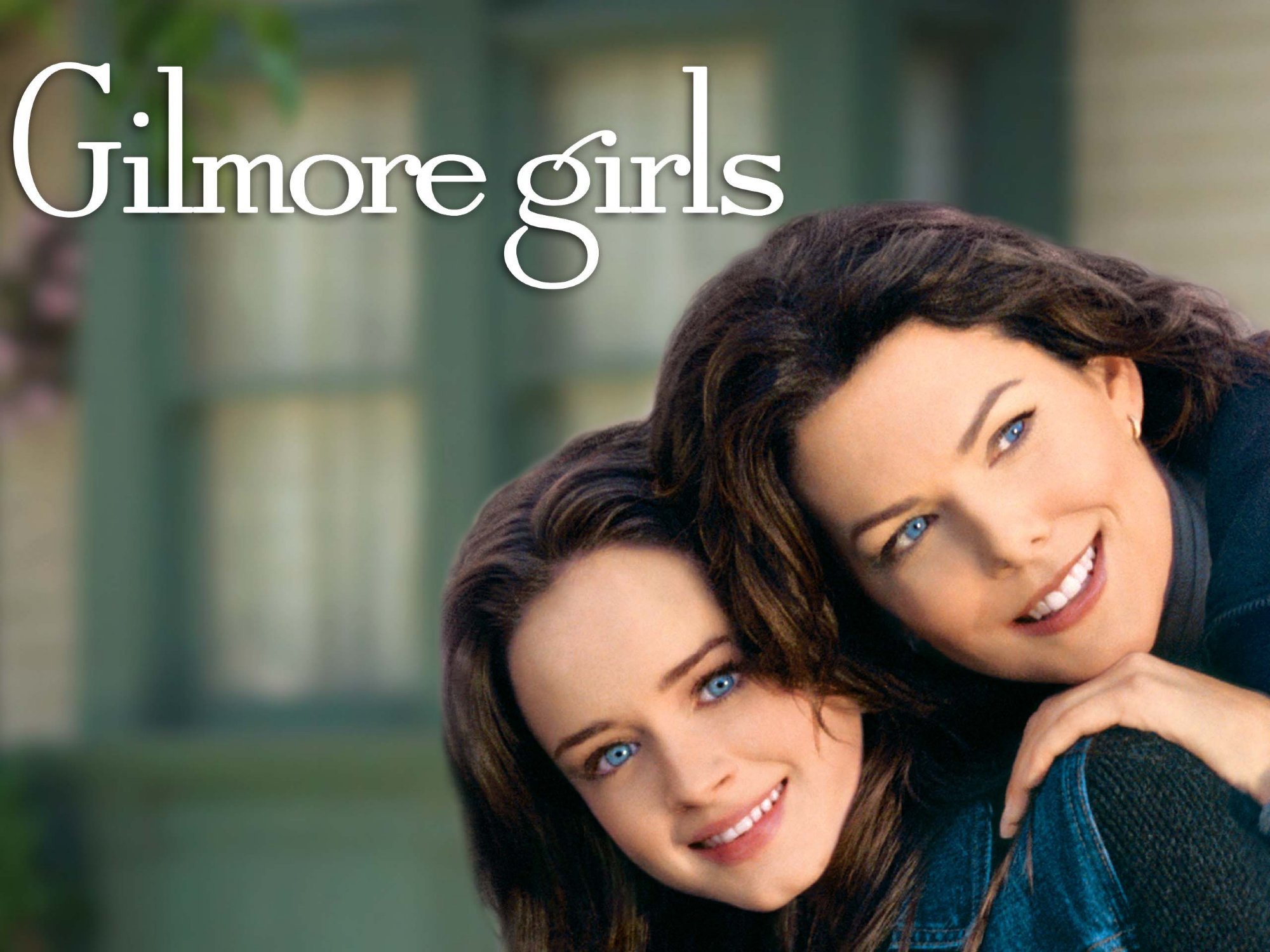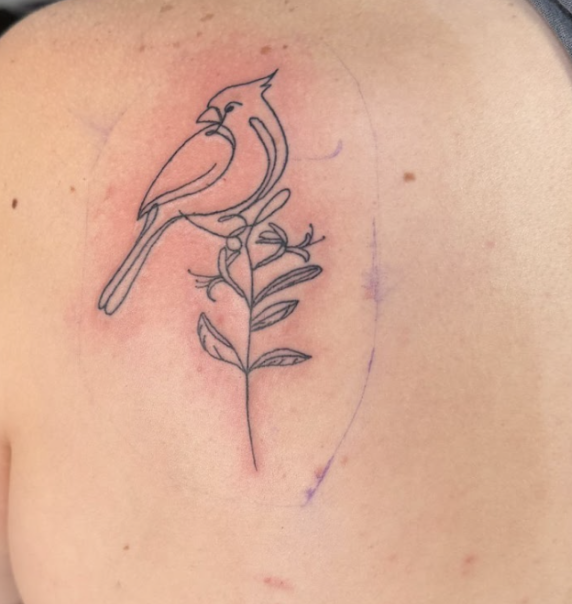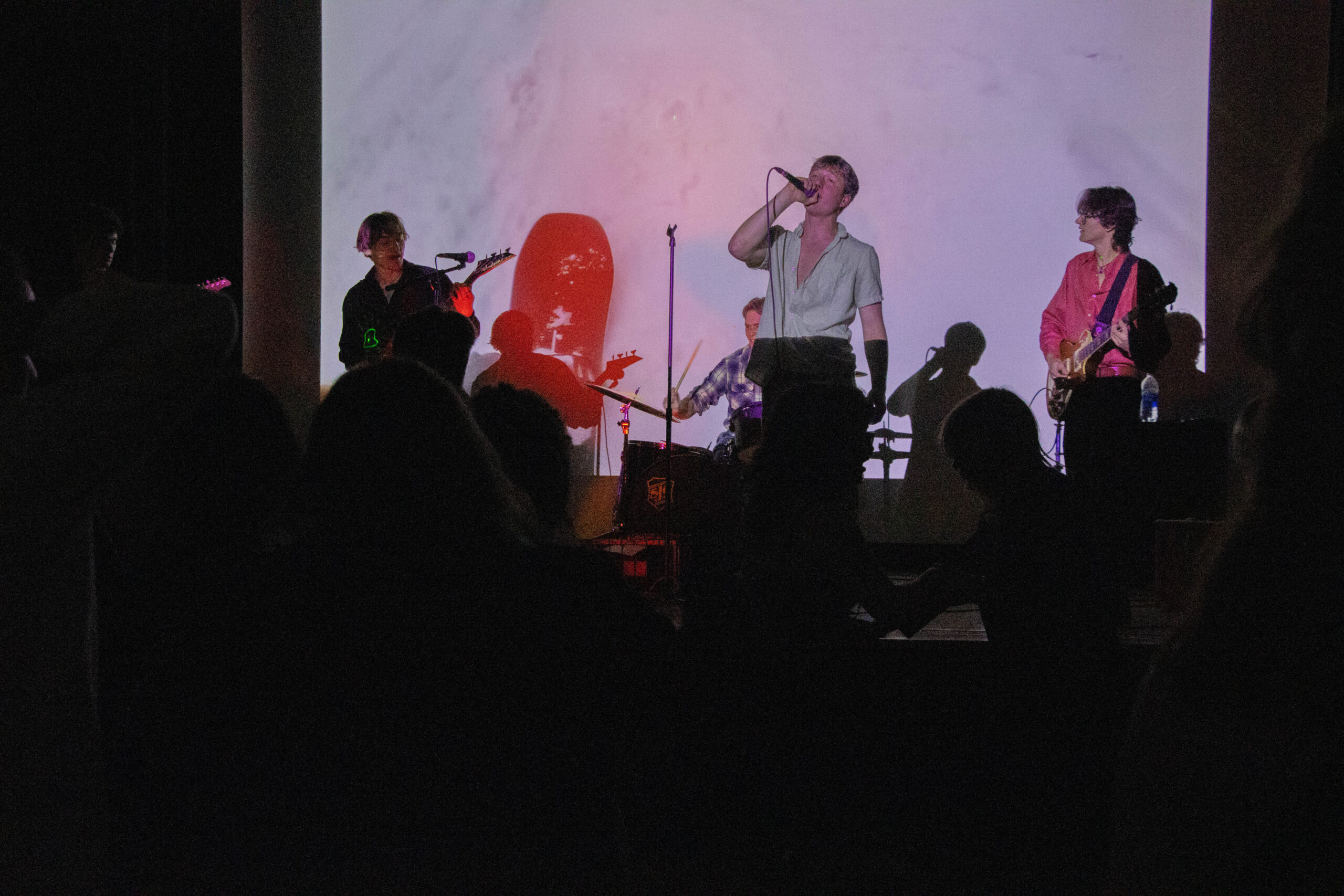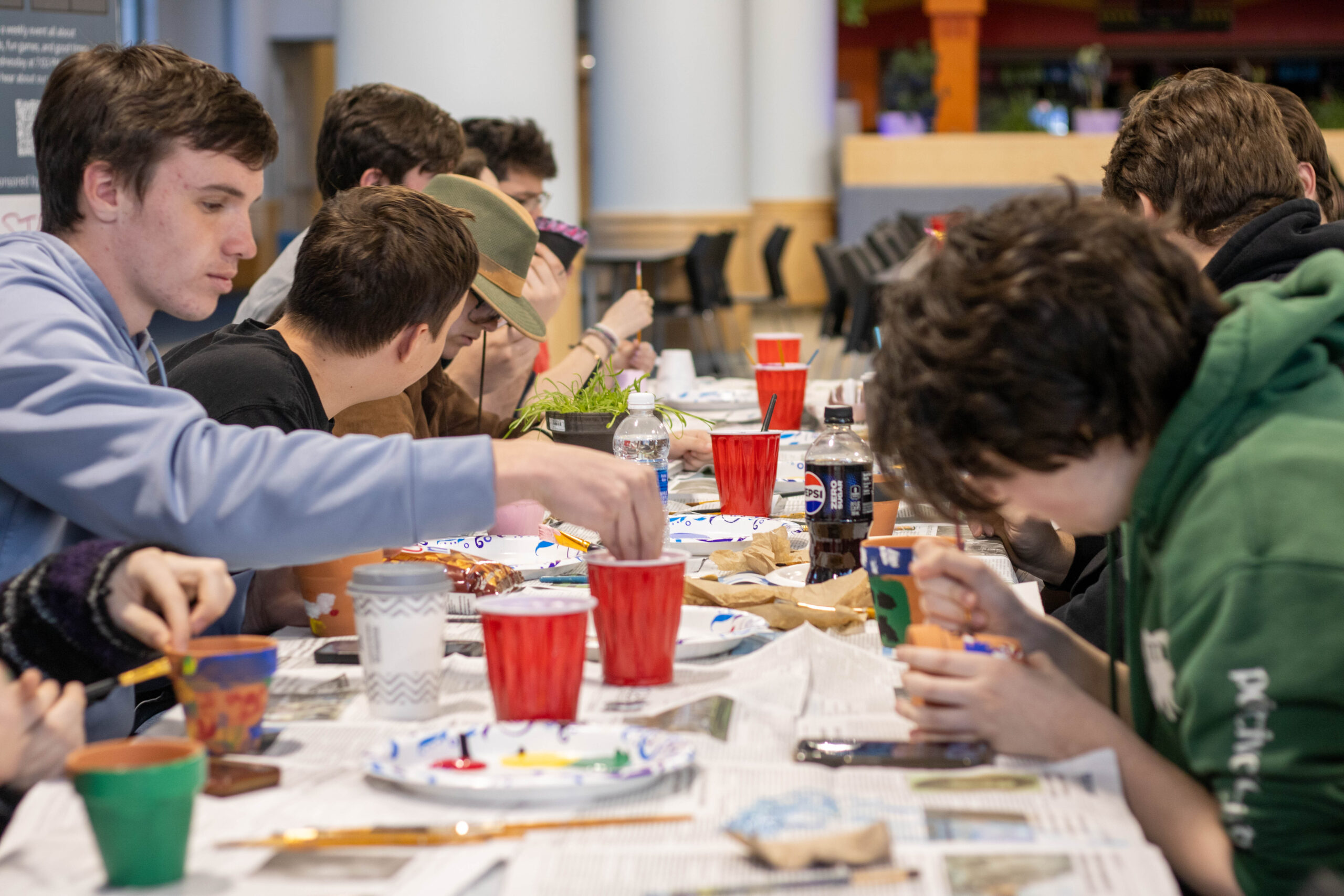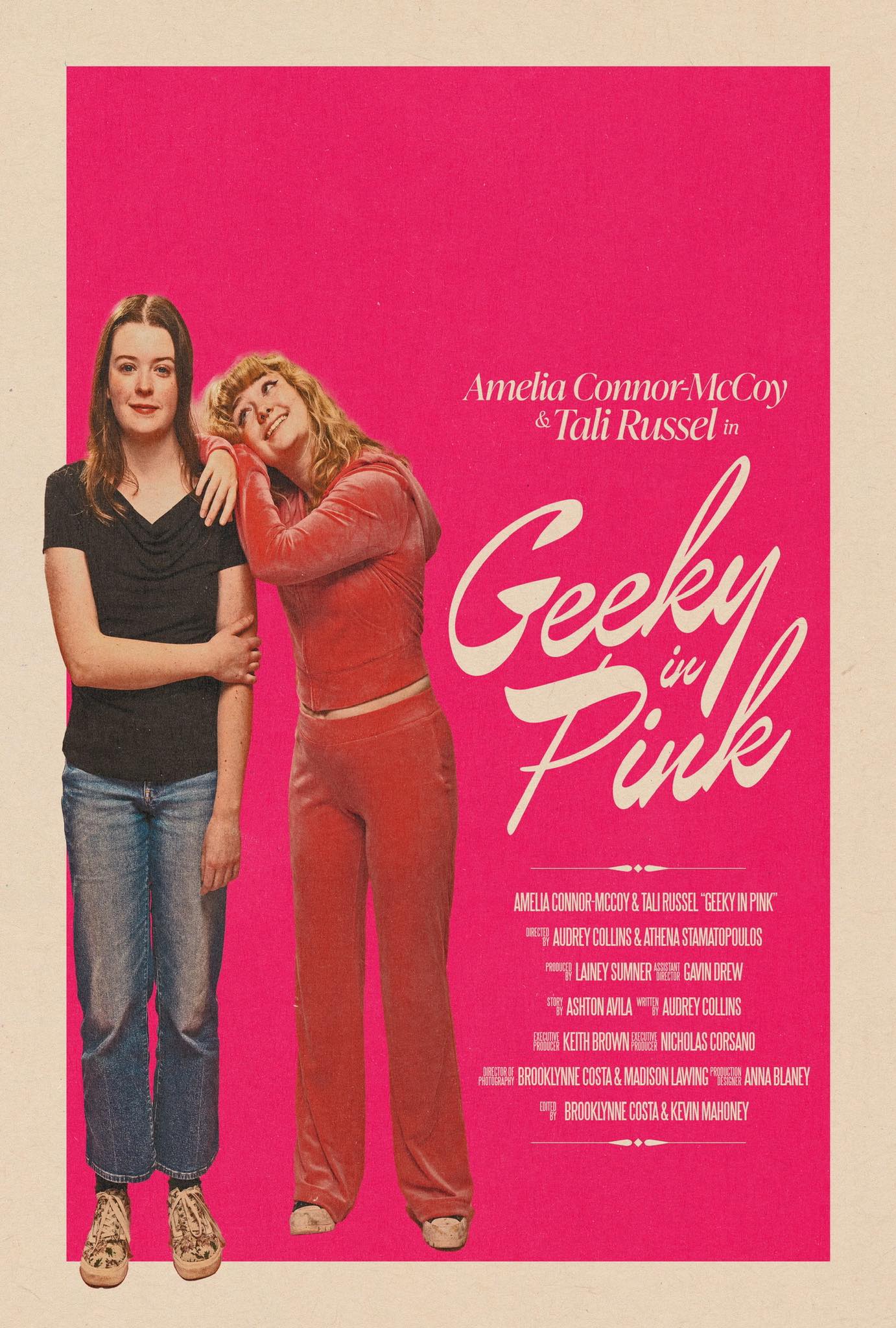What’s your guilty pleasure? Cigar Editor-in-Chief Kate Leblanc’s is “Gilmore Girls”. Photo from amazon.com.
Guilty pleasures. We all have them. Maybe you watch “The Bachelor” every week and tell no one. Perhaps you secretly adored the 17 seasons-and-counting of “Grey’s Anatomy,” or by chance you actually liked “Emily in Paris.” No judgement here. We all have that one show, movie, song or something that we’re not necessarily boasting about all the time.
For me, it’s “Gilmore Girls.”
If you know me, I actually do talk a fair amount about “Gilmore Girls” if it’s brought up, but am I proud that I own the box sets of the first three seasons? Not necessarily. And I’ll tell you why.
Looking back on “Gilmore Girls,” it’s so easy to see the problematic elements of the show itself: the lack of diversity, a young girl constantly stuck in the middle of her mother’s feud with her own parents and an abundance of unrealistic expectations. Watching it as a much younger version of myself, “Gilmore Girls” gave me a weird sense that many things would come as easily to me as they did Rory and Lorelai.
Also, don’t even get me started on the so-called “reboot.” When I heard “Gilmore Girls: A Year in the Life” was coming out on Netflix almost a decade after the original show ended, I was so excited. My friends and I planned a whole watch party, only to be presented with Rory dating Logan while he’s engaged, Lorelai going on some random hike and a severe lack of Jess everywhere.
Despite all of these things, I still continue to watch it. I still enjoy it because of the nostalgia associated with it, but I’m old enough to look at the show through a new lens.
Now, I can recognize that Rory is a problematic, lazy and self-destructive character entirely. Her development throughout the seasons and series severely dropped off and turned her into someone who is relatively unlikeable. The writers continually had her making wrong decisions and developing an attitude that I never noticed watching the show at a younger age.
For example, when Rory drops out of Yale because one person told her she would not make it in journalism. She was her own worst enemy, and this turned her into someone we should probably question more often.
Lorelai was the same way. In never wanting to admit her feelings for Luke, she dragged things out for the sake of plot. The couple ultimately did not get together until episode 22 of the fourth season. It took 87 (!!!) episodes for the main characters to finally start dating. The amount of time wasted on characters like Jason “Digger” Stiles will always be upsetting to me simply because he was the absolute worst.
None of this is to say the writing was bad; Amy Sherman-Palladino, the show’s creator, wrote well-spoken characters, it’s just the plot and character development I find major issues in and always will.
Although I’m not very proud of being a fan, “Gilmore Girls” was the show that I took comfort in during some strange times of life. I always tell people it’s a show about nothing, which is my favorite type of anything. I love learning about people’s lives and stories, which is what “Gilmore Girls” offers to the viewers. It embraces family, community, friendship, careers, school and life in a semi-natural, semi-forceful way, which as I grow older and reflect, isn’t all that it seems like on the outside.
“Gilmore Girls” is portrayed as idyllic, but life is not, and that’s why it’s my guilty pleasure.

